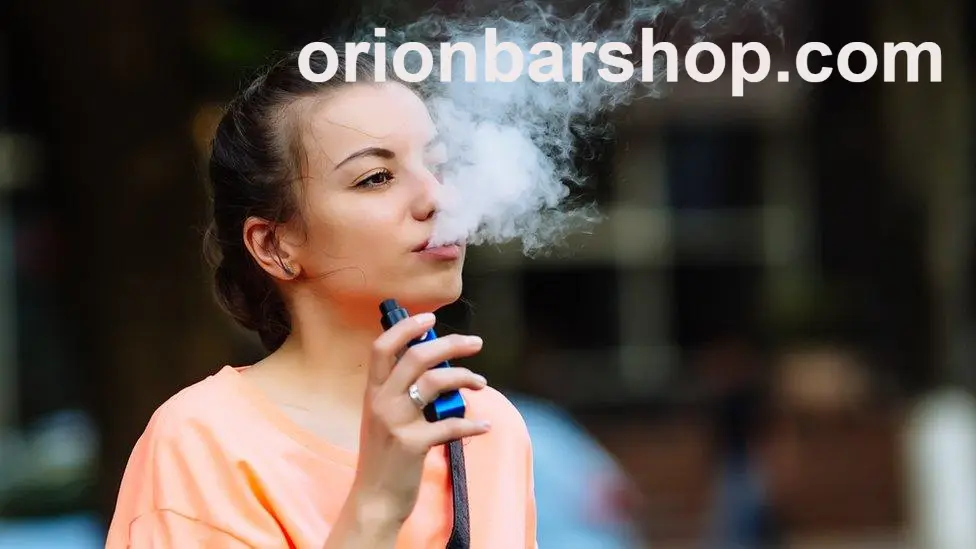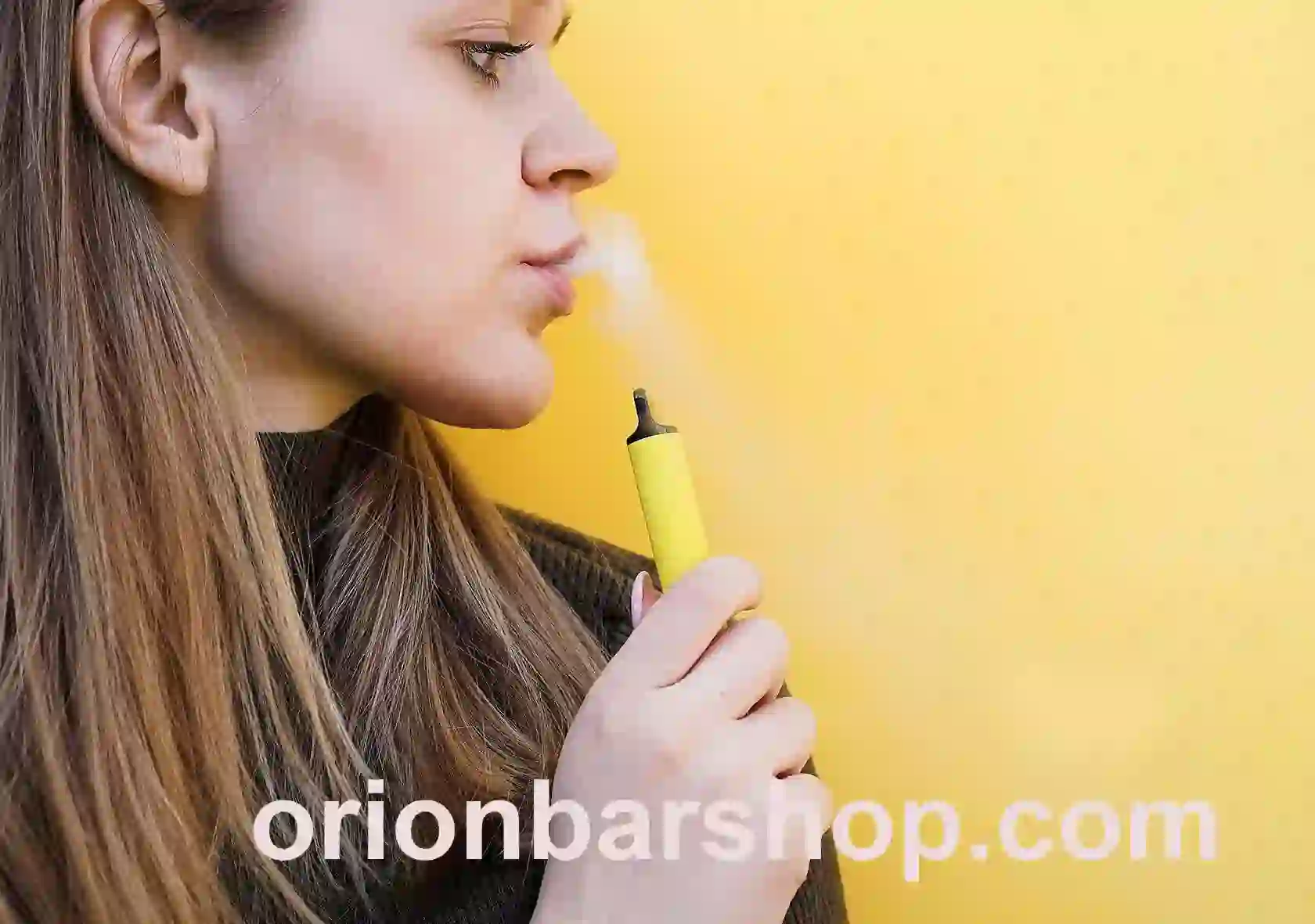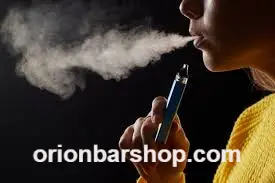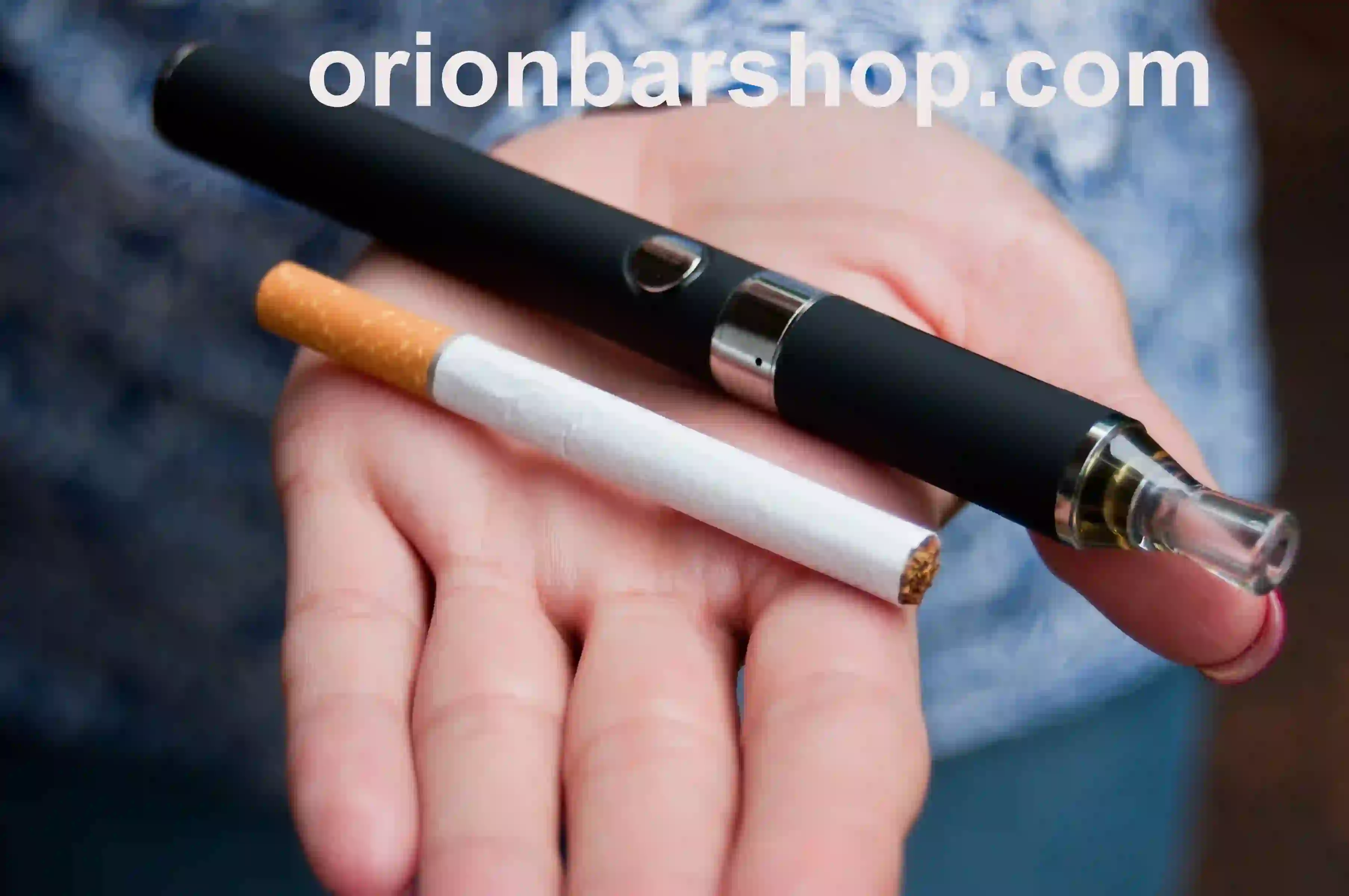The Vaping Industry Faces Tough Times: How Tax Hikes and FDA Warnings Are Shaping the Future of Vapes
In the ever-changing world of vaping, the industry is facing serious challenges from global regulatory shifts. While Europe is ramping up taxes to curb vaping consumption, the United States is cracking down on manufacturers with strict warnings, particularly targeting products designed to appeal to younger audiences.
These moves by both European and U.S. authorities signal a growing push to tighten the screws on vaping, which has seen rapid growth in recent years. In this article, we'll dive into how these changes are affecting the vape market and what they mean for the future of vaping products and regulations.
Europe’s New Vape Tax: Big Hits to the Wallet
As of October 30, the UK government dropped a bombshell in its annual budget. UK Chancellor Rachel Reeves introduced what is being hailed as the largest tax increase in over 50 years. This includes a new tax on e-liquid—vaping juice, for those who like to keep it casual—which will hit consumers hard starting in 2026.
Every 10 milliliters of vape juice will be taxed at £2.20, which is expected to seriously impact consumer habits. This is part of a broader effort by the UK government to curb the rise of vaping by making it less affordable. This move also follows similar actions from other European countries like France, Germany, and Italy, where the taxman is knocking at the doors of the vape industry to ensure these products don’t slip under the radar.
For instance, France has long taxed vapes and vaping products, using a sliding scale based on e-liquid volume to keep a steady flow of revenue into public coffers. Germany and Italy have followed suit with their own rules and rates, attempting to balance public health concerns with fiscal needs. This trend is not just about raising money—it's about tightening control over the growing popularity of vapes, especially among younger users.
The U.S. FDA Cracks Down on "Smart" Vapes
On the other side of the Atlantic, the FDA (Food and Drug Administration) has been hot on the heels of manufacturers who are pushing out vaping devices that look more like the latest gadgets than traditional vapes. We're talking about vapes that play music, sync with your smartphone, or even feature gaming capabilities—all designed to look cool to young people, who are notorious for getting hooked on the next “big thing” in tech.
In late 2025, the FDA slapped a warning on nine online retailers and one vape manufacturer, calling out their efforts to sell these “smart” vapes without approval. These devices, though they may look like futuristic gadgets, are still just flavored nicotine delivery systems—and the FDA is not having it. These products were seen as direct marketing tools to minors, allowing teens to hide their vaping habits behind what looked like harmless tech.
Brian King, the director of the FDA's Tobacco Products Center, didn’t hold back. He emphasized that these devices may be disguised as high-tech tools, but they’re designed specifically to appeal to younger audiences. He made it clear that selling these unauthorized products is not just illegal—it’s a direct violation of public health regulations. The FDA has made it clear that they won’t stand for any product that makes vaping look like a toy.
This warning comes as part of a larger FDA crackdown, which has already seen the agency issue over 700 warnings to companies and even take legal action against several brands. The FDA has also published a list of approved vape products to help retailers steer clear of the black market and ensure that only compliant products make it to store shelves.
What Does All This Mean for the Vape Industry?
With taxes rising in Europe and regulatory scrutiny tightening in the U.S., the future of vaping might look a little different. Manufacturers could face a tough battle to adapt to these regulations while maintaining the appeal of their products, especially to a younger audience that loves trends and tech.
The increased taxation in Europe could lead to higher prices, making vapes less accessible to some consumers. On the flip side, it could also encourage the development of higher-quality products, as manufacturers look to innovate and justify the increased price point. Whether or not this drives down vaping rates remains to be seen, but it’s clear that the industry will need to pivot to stay competitive.
For U.S. manufacturers, the challenge will be figuring out how to balance innovation with compliance. The push for “smart” vapes could face serious roadblocks as the FDA clamps down on devices that blur the lines between technology and nicotine products. Vape companies will need to be more transparent about their marketing strategies and ensure they’re not inadvertently encouraging teen vaping through flashy, high-tech designs.
The Way Forward: Innovation with Caution
As the vaping industry navigates the increasingly complex landscape of regulation and public scrutiny, it’s clear that the road ahead requires a delicate balance between innovation, health concerns, and compliance. The shift toward products that prioritize not just exciting flavors and tech, but also transparency and responsibility, will be crucial in determining the long-term future of vaping. This could mean more advanced features, healthier alternatives, and a stronger commitment to adult consumers rather than marketing to younger, impressionable audiences.
Manufacturers will likely double down on the development of new flavors that comply with stringent regulations while still appealing to their core demographic. The industry could see the rise of more “mature” flavors, such as rich tobacco blends, menthols, or perhaps even more niche, sophisticated flavors, appealing to an older, more responsible crowd. However, with the ongoing crackdown on fruity and candy-like flavors—often linked to higher rates of youth consumption—it’s clear that the industry must tread carefully.
One potential shift might be the rise of customizable vapes, where consumers can mix and match their preferred flavors and nicotine strengths in a controlled environment. This kind of innovation could offer a more tailored experience while staying within regulatory boundaries. Brands might also begin emphasizing natural or organic flavor ingredients, capitalizing on the growing consumer interest in clean, sustainable products. This would address the desire for variety while also reducing the appeal of synthetic, candy-like flavors that are often scrutinized by health authorities.
There’s also potential for device innovation to evolve in ways that prioritize user safety. Smart devices that track usage and offer alerts or guidance on consumption could be introduced, giving consumers more control over their habits and minimizing the risks of overuse. These devices could also integrate with apps that promote healthy lifestyle choices or even offer a pathway for quitting, making them more acceptable to regulators and health advocates alike.
The focus on responsible marketing will become more significant, with vape brands needing to position themselves as leaders in consumer education and public health. Transparent messaging about the ingredients, production processes, and health impacts of their products will not only build trust but could also position brands as ethical pioneers in an industry that’s still often viewed with skepticism. In addition, collaborations with public health organizations to promote safer consumption practices could help shift the conversation from youth-focused bans to a more balanced approach that doesn’t completely shut down the market for adult users who see vaping as a safer alternative to smoking.
Wrapping Up: What’s Next for Vaping?
As the vaping industry faces mounting pressure from regulators across the globe, it’s evident that a significant transformation is underway. European tax hikes and the U.S. FDA's crackdown on unauthorized devices signal the beginning of a new era in the vaping world, one where compliance and health priorities will dominate the market. However, these shifts don’t necessarily spell the end of vaping as we know it; rather, they mark the beginning of a more regulated and mature phase for the industry.
The key to navigating this new era will be how manufacturers adapt to the growing demand for safer, more transparent products while still maintaining the appeal of vaping. Consumers, particularly adults looking for a smoking alternative, still crave innovation. But, as the FDA and European regulators tighten the reins, the ability to meet these demands without crossing the line into appealing to minors will be a crucial challenge. Vape companies will need to demonstrate that their products can coexist with health and safety standards, which may involve reevaluating their approach to flavor innovation, marketing tactics, and device design.
In the short term, the industry will likely see an increased focus on reduced-risk products—devices and e-liquids that offer less harm than traditional cigarettes. This trend could also see the introduction of vapes that feature ingredients designed to minimize the impact on respiratory health, potentially making vaping a more viable alternative for smokers looking to quit.
For manufacturers, staying ahead of these regulatory changes will require a proactive approach. Rather than waiting for laws to change, they’ll need to be leaders in innovation, working hand-in-hand with regulators to ensure their products not only meet current standards but also anticipate future changes in the regulatory landscape. This forward-thinking approach will be crucial for staying competitive in an industry that’s becoming increasingly more stringent.
The future of vaping ultimately lies in how well the industry adapts to these regulations. The need for a responsible and sophisticated approach will be paramount in keeping the market alive and sustainable. But while the growing regulatory hurdles may feel like a major roadblock, they also present an opportunity for the vape industry to reinvent itself—creating products that consumers trust, regulators approve, and health advocates support. The vaping world is not going anywhere anytime soon; it's simply evolving. For those who can navigate this complex terrain, the rewards will be great.If you are looking for high quality vapes, we recommend the

